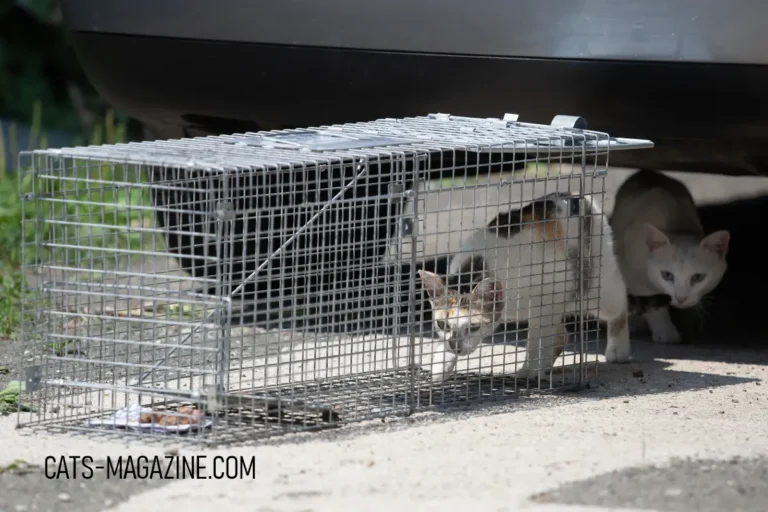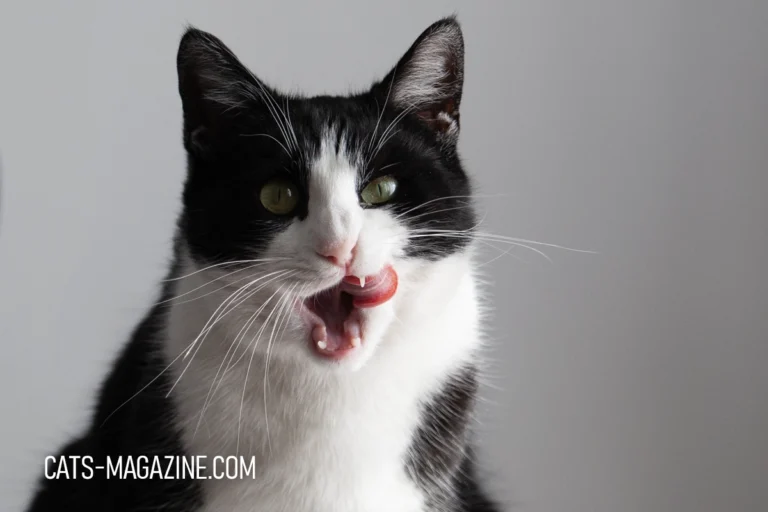Separation anxiety in cats is real. Trust me, I know – my cat could teach a class on it! Every time I leave the house, he turns into a bundle of nerves, covering all the classic symptoms. It breaks my heart to see him like this, so I’ve made it my mission to help him feel more comfortable when I’m not around. If your cat shows signs of separation anxiety, don’t worry – you’re not alone, and there are ways to make it better for both of you.
What Is Separation Anxiety in Cats?
Separation anxiety in cats happens when they get overly stressed or anxious when their favorite human isn’t home. While dogs are more famous for this behavior, cats can suffer from it too. Despite their reputation for being independent, some cats form incredibly strong bonds with their humans.
This anxiety usually shows up when there’s a change in routine – like you going back to the office after working from home, taking a trip, or even just leaving for a few hours. For cats who experience this, the struggle is real!
Signs of Separation Anxiety in Cats
How do you know if your cat has separation anxiety? Here are some common signs to look out for:
- Excessive Meowing or Yowling
My cat’s meowing goes up about ten notches when he realizes I’m leaving. It’s as if he’s trying to guilt-trip me into staying! - Destructive Behavior
Scratching furniture, knocking things over, or chewing on cords can be a sign of anxiety. It’s their way of saying, “I’m stressed, and I don’t know what to do!” - Changes in Eating or Litter Box Habits
An anxious cat might stop eating or start having accidents outside the litter box. Both are signs that something’s off emotionally. - Over-Grooming or Not Grooming at All
Stress can cause cats to either groom excessively (sometimes to the point of bald spots) or stop grooming altogether. - Hiding or Clingy Behavior
Some cats will hide when they’re anxious, while others might follow you from room to room, refusing to let you out of their sight.

How to Help a Cat with Separation Anxiety
If your cat struggles with separation anxiety, there are steps you can take to make life easier for both of you. Here’s what’s worked for me and might help you too:
1. Create a Safe Space
Make sure your cat has a cozy, quiet place where they feel safe. This could be a comfy bed, a favorite hiding spot, or even a cardboard box (cats loooove those!). Add a blanket with your scent on it – it can be incredibly comforting.
2. Keep Them Entertained
Interactive toys, puzzle feeders, and scratching posts can help keep your cat busy while you’re away. A little entertainment goes a long way in reducing anxiety.
3. Use Calming Products
There are sprays and diffusers with pheromones specifically designed to calm cats. I’ve used a few, and while they’re not a magic cure, they do seem to help.
4. Stick to a Routine
Cats thrive on routine. Try to leave and return home at the same time every day. If your schedule changes, ease your cat into the new routine gradually.
5. Practice Short Absences
If your cat struggles with separation anxiety, start with short trips out of the house. Leave for 10 minutes, then gradually increase the time. This helps them understand that you’ll always come back.
6. Provide Background Noise
Leaving the TV or radio on can make your home feel less empty. I often leave on soothing music or a nature show for my cat – it seems to help him relax.

When to See a Vet
If your cat’s anxiety is severe, it’s time to visit the vet. They can rule out any medical issues and might recommend medication or behavioral therapy. I know it can feel overwhelming, but a professional opinion can make a world of difference.
Your vet may also suggest working with a cat behaviorist, especially if the anxiety is causing destructive behavior or health problems. It’s worth it to help your furry friend feel better.
My Personal Experience
Watching my cat struggle with separation anxiety has been tough, but it’s also taught me a lot. With patience and a few tricks, I’ve seen huge improvements. He’s still a work in progress (aren’t we all?), but knowing he feels more secure makes me feel like I’m doing something right.
If your cat is dealing with separation anxiety, remember – you’re not alone. Cats are emotional creatures, and their bond with us is something truly special. With a little effort, you can help your feline friend feel safe, even when you’re not home.
Separation anxiety in cats isn’t something to ignore, but it’s also not something to panic over. With the right approach, you can make time apart easier for your cat – and for yourself. Keep an eye out for the signs, try the tips I’ve shared, and don’t hesitate to seek professional help if needed.
Your cat loves you, and they just want to feel secure. Helping them through their anxiety is one of the best ways to show them you love them back.
Discover more from Cats Magazine
Subscribe to get the latest posts sent to your email.




